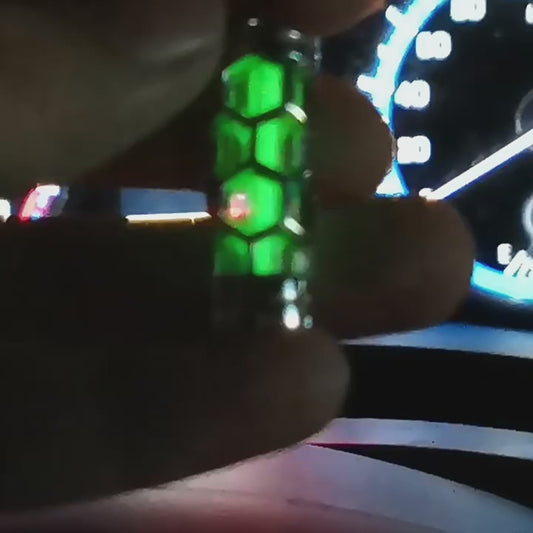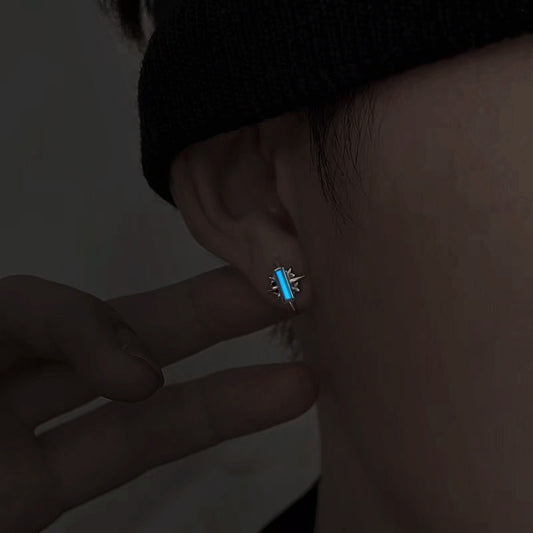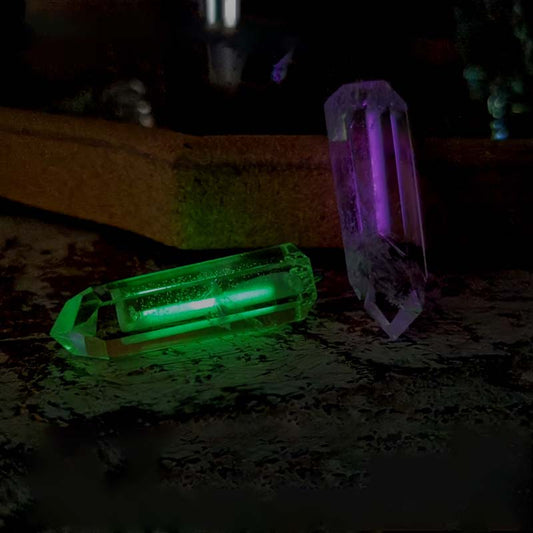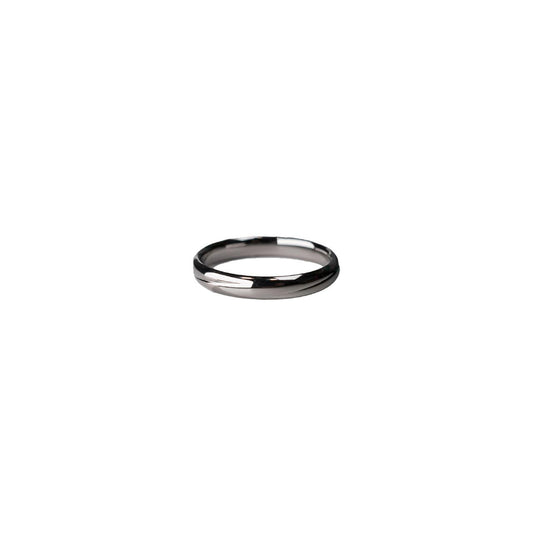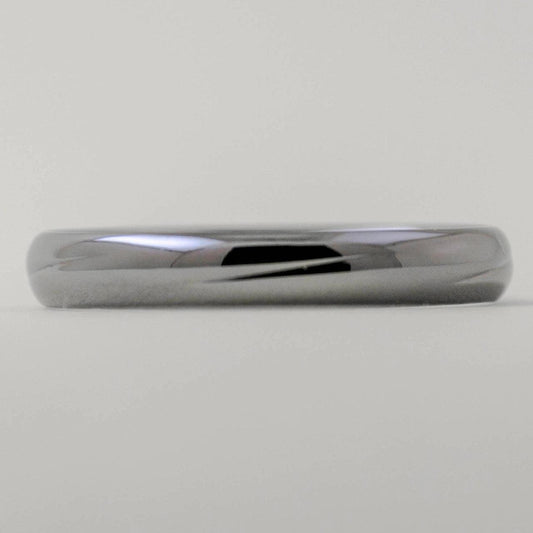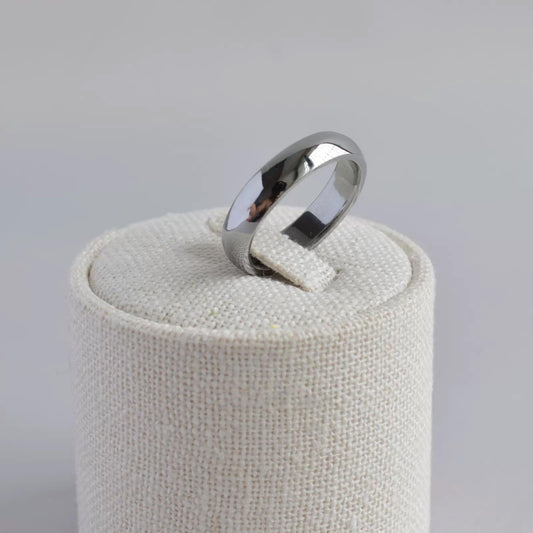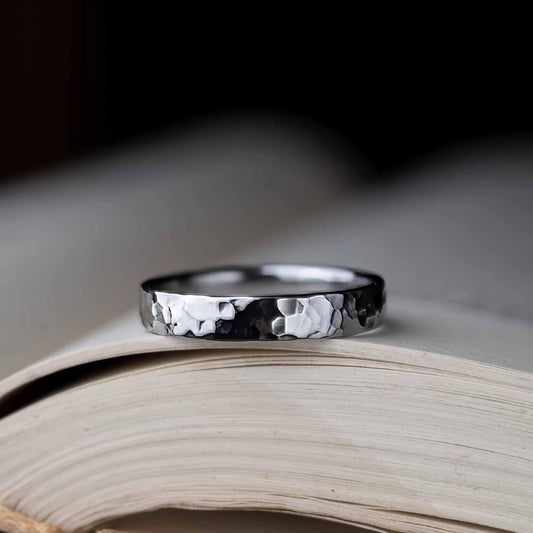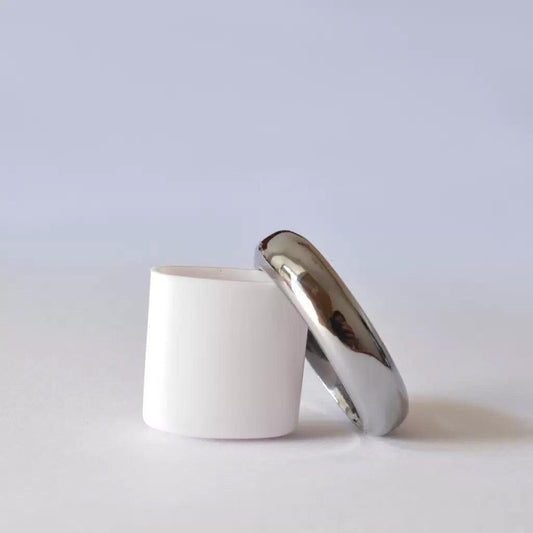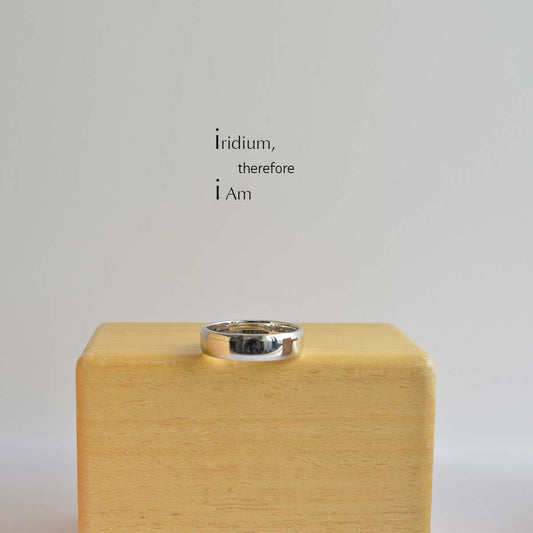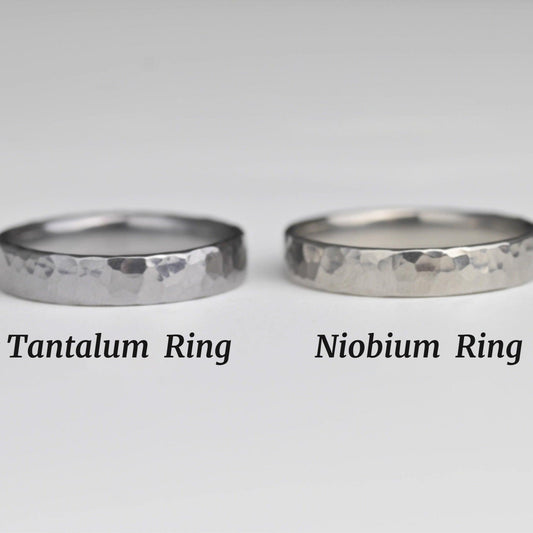The Mystery of the Ring Finger Why It Matters
The Mystery of the Ring Finger Why It Matters
A small, seemingly insignificant question, “Which finger is the ring finger for a woman?” has much more depth than one might initially suspect. One autumn afternoon, as I sat with my grandmother sifting through her treasure trove of old family photos, she pointed out her own wedding picture, and there it was, the ring glinting on her left hand's fourth finger. It got me thinking—how did this tradition come about, and why does it still hold such a firm grip on us today?
In Western culture, the ring finger is traditionally the fourth finger on the left hand. This convention can be traced back to the time of the ancient Egyptians, who believed a vein, referred to as the "Vena Amoris" or the "vein of love," ran directly from this finger to the heart. This romantic notion was later embraced by the Romans and carried through to our current customs. Wearing a wedding ring on this particular finger became a symbol of love eternal, a tradition that has transcended centuries.
Over casual brunches, I’ve noticed friends showcasing their engagement rings on this special finger, taking pride as it becomes the centrepiece of their hand. It's fascinating how a simple piece of jewelry can carry such profound meaning, denoting not just a piece of metal, but love, commitment, and a shared future. Yet, practicality sometimes rears its head, and one close friend confided that she wore her wedding ring on a chain around her neck while working, to keep it safe from the damages that her profession might cause—something that made her ring all the dearer, touched often to keep her partner close.
Interestingly, as times change, so do styles and cultural trends. Some modern couples decide to forge their own path, choosing different fingers or even hands as a statement of personal choice or as a nod to cultural traditions outside the Western norm. The choice can be deeply individual, crafted by the patchwork of one's life experiences and cultural heritage. Does it make the commitment any less? I doubt it. After all, the finger is merely a placeholder for a much deeper bond.
Beyond these tales from the heart, some people wonder if there's more to it than tradition—perhaps a practical reason for choosing this particular finger. If you’ve ever donned a heavy ring for a day, you’ll understand the comfort factor—this finger, neither too dominant like your index nor too awkward like your pinky, seems just right for the task.
In the end, whether you conform to tradition or create your own, the essence remains—the ring finger is the bearer of stories, cultures, and numerous personal memories. As I looked at my grandmother’s weathered hand that day, it was clear to me that the simplest traditions, carried on through generations, often hold the most poignant connections.


